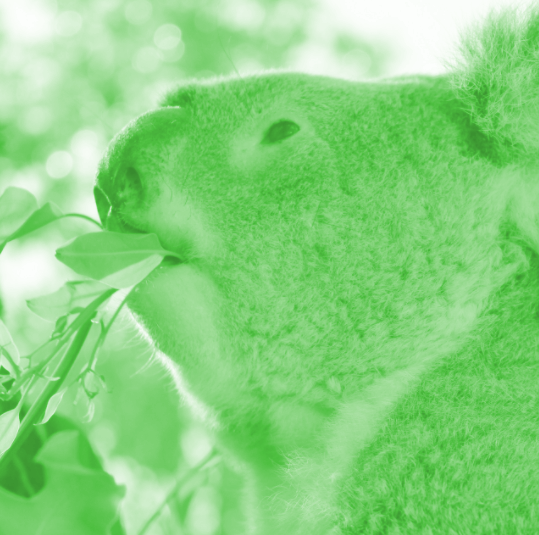Koala consideration changed
 The Australian Government has officially listed the koala as endangered.
The Australian Government has officially listed the koala as endangered.
Federal environment minister Sussan Ley has accepted the recommendation of the threatened species scientific committee that the koala populations of Queensland, New South Wales and the Australian Capital Territory should have their conservation status upgraded.
The koala is now listed as ‘endangered’ after a decline in its numbers due to land clearing and catastrophic bushfires shrinking its habitat.
“Koalas are genuinely iconic wildlife, recognised the world over,” says Professor Euan Ritchie - a Professor in Wildlife Ecology and Conservation at Deakin University.
“The listing of koalas as endangered, over much of their distribution, is deeply disturbing.
“Their demise is emblematic of broader federal and state government failures to sufficiently invest in the conservation of Australia’s globally unique biodiversity.
“Without stronger environmental laws, reduction of key threats such as land clearing that destroys the homes of koalas and many other species, and a substantial increase in funding to support the recovery and protection of our remarkable species, Australia’s biodiversity crisis will continue.
“The good news is, with substantial change in how we care for and invest in biodiversity, we will not only witness far fewer species declines and extinctions, we will also see significant economic, cultural and social benefits.”
The experts say that the new status of the koala should prompt federal and state governments to create and fund an intensive programme of koala monitoring together with habitat preservation.
“The recognition that koalas are now endangered in most of their natural range within Australia was expected, but it is still a sad acknowledgement that, in the decade that they’ve been classified as vulnerable, we have failed to slow their decline, let alone stabilise or increase their population,” according to Dr Romane Cristescu - a koala ecologist from The University of the Sunshine Coast.
“Unfortunately, koalas face multiple threats, so it is a problem we need to address at multiple levels.
“Koalas are a species recognised to be at risk from climate change, which requires a global effort to address.
“They also are suffering from habitat loss due to land clearing, so we need to improve environmental laws designed to protect their habitat.
“This was recommended by the recent independent review of Australia’s main environmental legislation, the EPBC Act.
“We urgently need these recommendations to be acted upon, close loopholes and ensure laws are effectively policed on the ground. In addition, we need to address the large issue of illegal clearing.
“Finally, each local population of koalas is exposed to its own unique mix of additional threats - such as disease, predation by dogs and roadkill. So, we need to be able to rapidly identify, understand and target these threats at a local level.
“Koalas are of course unaware of their listing as endangered. What will really matter for them now, is if this translates into actions on the ground that effectively increase their chances of survival,” Dr Cristescu says.








 Print
Print